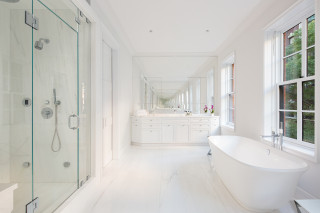Posted by Leonard Steinberg on March 3rd, 2014
The World has finally caught onto what I have been talking about for years – LUXOFLATION – the excessive inflation on luxury products, including real estate.
In this morning’s Wall Street Journal, an article addresses the subject specifically related to retail. Despite expanding into new markets, the luxury-retail business has been relying on price increases to drive sales. Now, even the very wealthy are nearing the limits of what they are willing to spend. The price increases far outpace inflation and contrast with the middle and lower end of the retail market, where even small increases can turn off shoppers. Is this a message to real estate developers not to raise pricing arbitrarily to the point of rejection?
In the past 5 years, the price of a Chanel quilted handbag has increased 70% to $4,900. Cartier’s Trinity gold bracelet now sells for $16,300, 48% more than in 2009. And the price of Piaget’s ultrathin Altiplano watch is now $19,000, up $6,000 from 2011.
In New York real estate land, the same is true. While many talk about how pricing has just recovered from the GREAT RECESSION, there are several areas where pricing has soared in the past 5 years, well beyond any pre-recessionary levels. The same is true in the art and collector car markets.
I guess the explanation is that all pricing is a direct result of demand in our free market system: with the significantly expanding wealthy class, demand has far outpaced supply. Is all of this about to change as $30+ billion worth of real estate comes to market? Lets do the maths. 1.8 million people joined the ranks of the world’s millionaires in 2013 alone. If the average apartment coming to market sells for around $ 3million, this translates to a need for 10,000 buyers. Over a 3 year period that seems realistic IF things continue as they are.
After all, what is the definition of LUXURY? Isn’t it that thing you can almost not afford, but MUST have?
